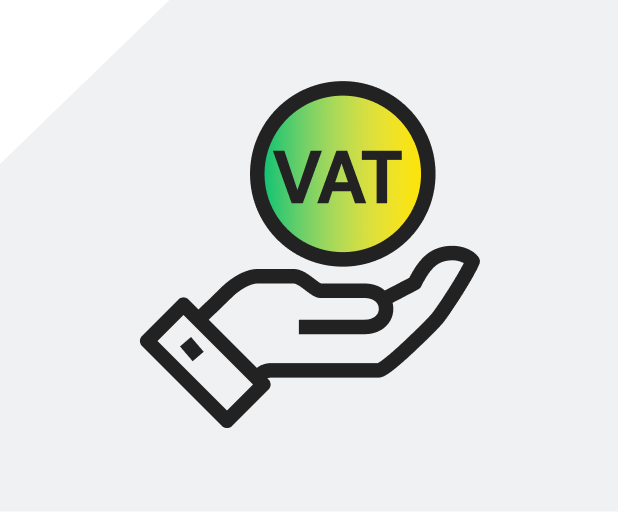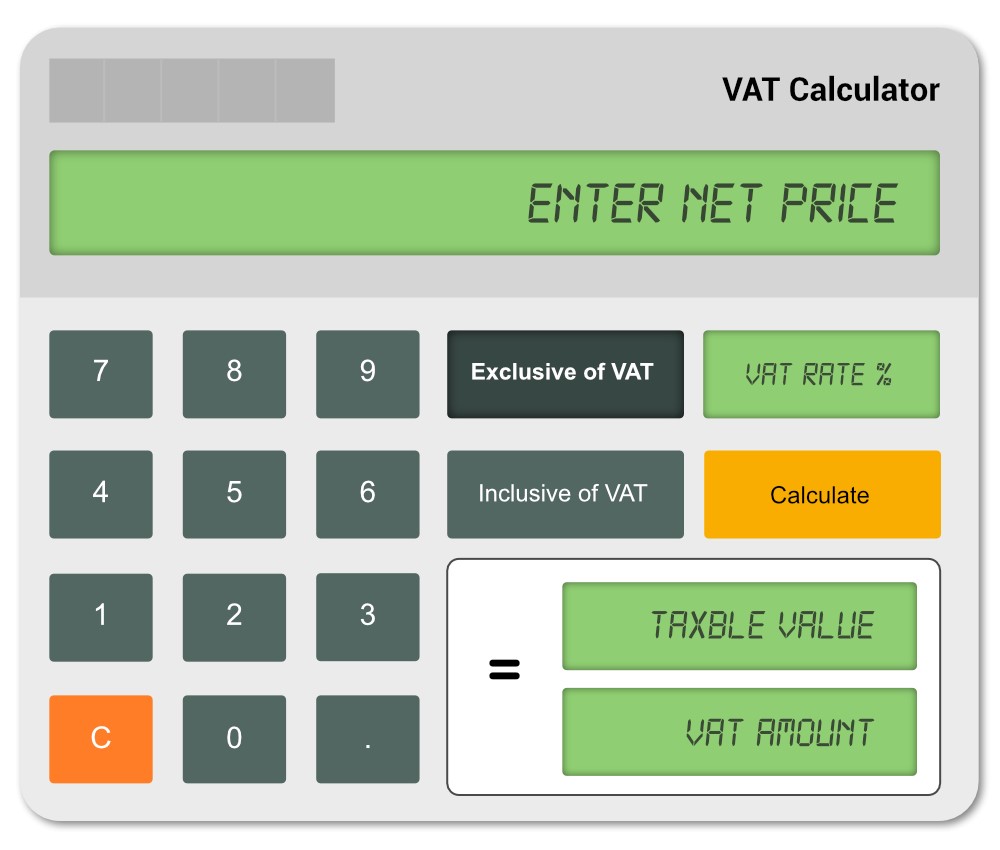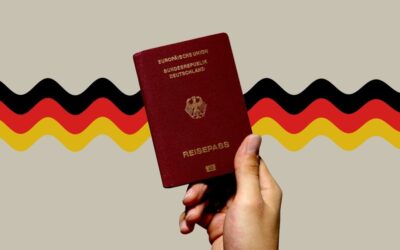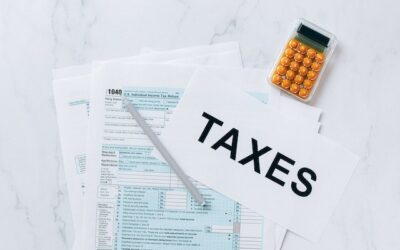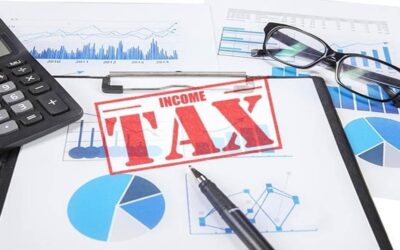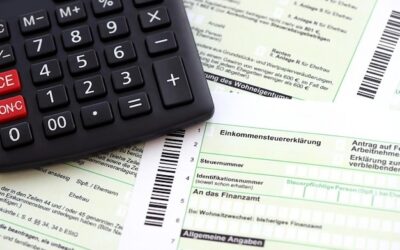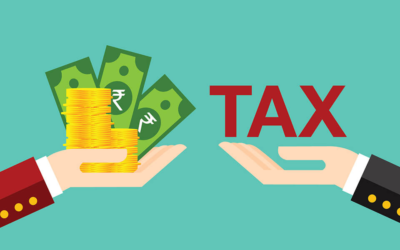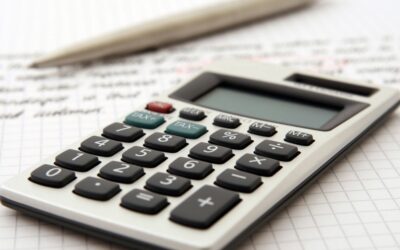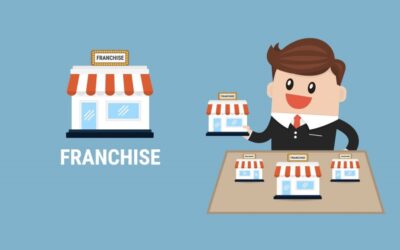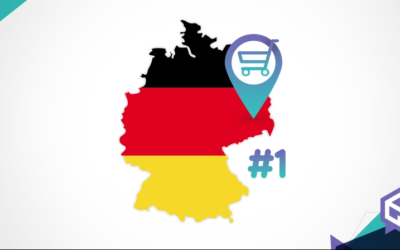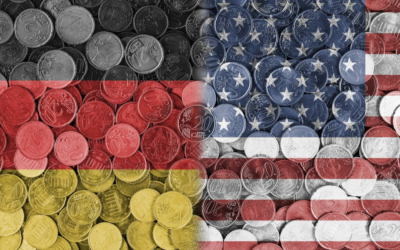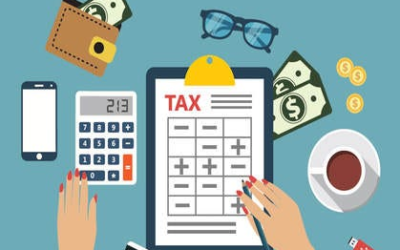Would you talk with someone in our company regarding any issues? Just drop us a line!
In Germany, VAT is 19.00%. A buyer located outside the EU can buy this car in Net by returning MwSt Deutschland (VAT).
Not every car sold in Deutschland or another EU country includes value added tax. VAT (MwSt Germany) is included in the price of only those cars from Germany that were owned by businesses or private entrepreneur (legal entity) throughout their entire service life. These are also cars that are sold at the end of the leasing period.
When purchasing in Germany or another EU country, you should remember that in order to return process VAT (subtract it from the Gross amount), you need to carry out a series of formalities and regulations and take the car outside the EU. In order to get a VAT refund when purchasing a German car or another EU country, AS Automobile, which provides services for searching, purchasing and delivering cars from EU countries to other countries, advises paying attention to the following features.

